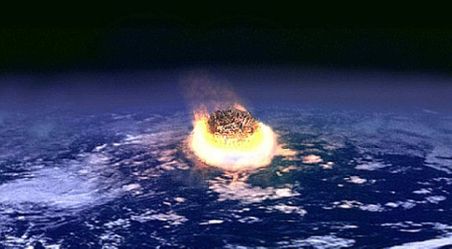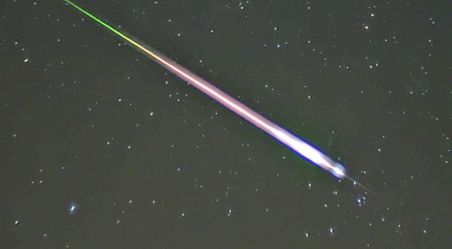The collision of asteroids and comets with planets and moons has occurred throughout the 4.5 billion year history of our Solar System. These catastrophic events have shaped the surfaces, geology and histories of the planets since their formation. Impacts are studied through the direct investigation of terrestrial craters, the modelling of impact processes, experiments, and observations of planetary surfaces.
3col GC - topics 1

Chicxulub and the KT mass extinction
The Chicxulub impact crater, buried beneath the Yucatan peninsula in the Gulf of Mexico, is one of the largest impact craters on Earth and has been associated with the Cretaceous-Tertiary (KT) mass extinction. IARC researchers are actively involved in geophysical imaging and drilling of the crater and simulating the impact with computers to understand how the crater formed, how much energy was involved, and what the immediate environmental consequences were.

The environmental consequences of impacts
Impact events on Earth can have severe environmental consequences that extend far from the crater. Impacts throw up large quantities of rock, melt and vapour into the atmosphere; thermal energy radiates from the hot vapour plume; shock waves travel through the air and rock, leading to high winds and large ground movement. IARC researchers are investigating how impacts affect the environment, and what we can do to mitigate these effects, or prevent impacts from occurring.

Atmospheric entry and impactor flux
Small objects colliding with the Earth are decelerated and disrupted as they penetrate the atmosphere, sometimes with spectacular consequences. These events are much more common than larger crater-forming events and they can also have devastating environmental consequences. IARC researchers use numerical models to simulate atmospheric entry of meteorites, and collect observational data to better constrain the probability of future impacts.